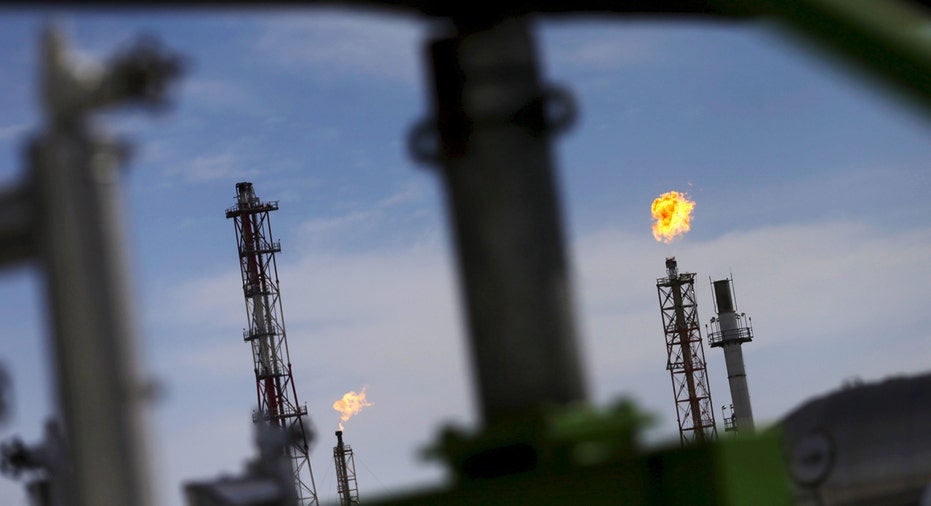Oil Market’s Stability Hinges On Sunday’s Doha Meeting

Following a scheduled meeting in the deserts of Doha, Qatar on Sunday, global oil markets will have more clarity about where some of the world’s biggest producers stand on their willingness to help ease the global supply glut that’s plagued the market for nearly two years.
Confirmed participants to the meeting include officials from the Organization of the Petroleum Exporting Countries (OPEC) and others including Iraq, Kuwait, Saudi Arabia, Russia, and Mexico. Participants will meet to try and hash out a deal aimed at implementing a production freeze at January levels to try and stem nearly two years of falling oil prices amid ramped up production from all corners of the globe.
Michael Wittner, global head of oil market research at Societe Generale, said the base-case expectation is for members to announce a deal that caps production, but excludes participation from Iran. The Middle Eastern nation has been working to take back its market share after international trade sanctions were lifted early this year.
Iran's oil minister Bijan Zanganeh won't attend a meeting of key oil producers in Doha, Qatar this weekend but instead will send a less prominent representative, Reuters reported.
But while the markets are expecting leaders to come together this weekend, Wittner said it doesn’t necessarily mean prices will shoot back up to triple-digits last seen in 2014 when oil was hovering at a record $101 per barrel.
“It doesn’t mean a damn thing for real barrels or production. This is all about market psychology,” he said.
The reasoning for that is two-fold.
First, there’s no real policing that goes on when agreements like this are struck between oil-producing nations – especially ones involving the oil cartel.
“They can say they’ll do it, but it’s very difficult for all parties to actually make sure that everyone is adhering to the freeze. One thing to consider is – Saudi Arabia and Kuwait just restarted the Khafji deal which brings on about 300,000 barrels per day. So that’s not exactly the type of behavior of someone trying to limit production. I think that sort of speaks to the fact that we really have parties still vying for market share,” Suzanne Minter, manager of oil and gas consulting at Platts Bentek Energy said.
The deal Minter referenced allows Saudi Arabia to gradually bring on more production at a disputed Khafji offshore oilfield.
Second, optics matter when it comes to satisfying oil markets. Rumors about a possible production freeze have circulated for months. As a result, the price of oil around the world has seen wild gyrations, bouncing from the low $20-a-barrel range to where it closed on Friday in the low $40s.
Wittner said markets will not only eye whether or not participants manage to reach an agreement, but they will also focus on smaller details like how clearly the plans are laid out, if country-by-country limits are released, and whether baselines and production targets are released.
“It doesn’t mean a damn thing for real barrels or production. This is all about market psychology."
“The tone of the meeting matters. Is it argumentative like in December, or is it businesslike? The communique and the press conference also matter. I have a feeling that’s what will drive the market takeaway. It’ll come down to the little things,” he said.
While the base case is for some kind of deal to emerge, Wittner continued that if the opposite holds true, and countries walk away from the negotiating table without an agreement – it could spell trouble for the markets.
Wittner explained that because of the weeks of build-up and anticipation that have ushered in the meeting, a lack of compromise could easily shave $3 to $5 off the price of oil come Monday morning.
“Markets are looking at this and saying, ‘At least they’re talking to each other,’ which they hadn’t been doing for about 18 months…It would be bad from a market psychology standpoint because again, it’s not about the barrels,” he said.
On the flip side, Minter said that because so many people are already so negative on the oil market, the downside could be relatively limited.
“I don’t think we’ll go back down to the $25 level next week. But at these levels, a 10% move is about $4 and that puts us down in the low $30s again. And that’s substantial and not unfeasible,” she said.



















